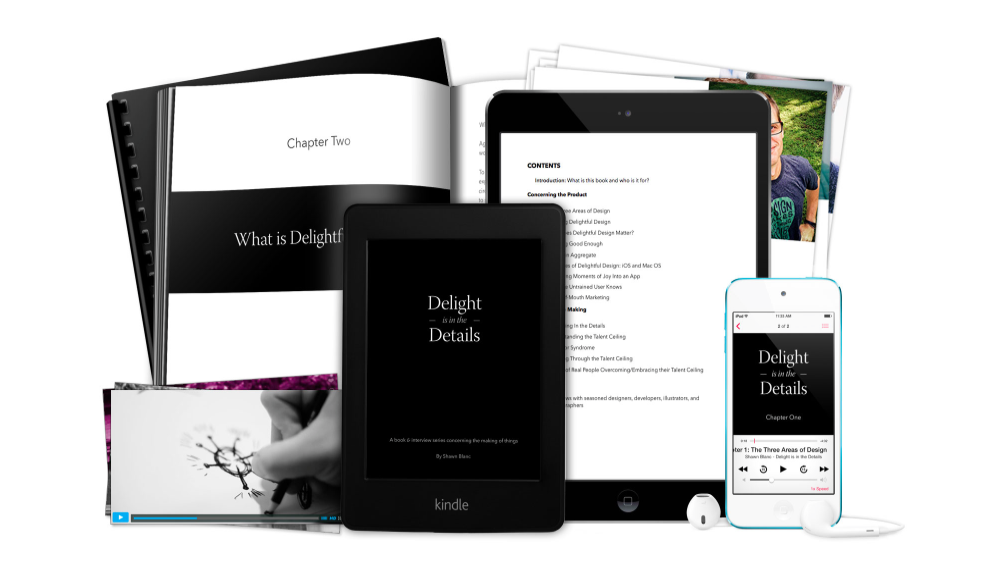I first linked to Shawn Blanc’s Delight is in the Details eBook and interview series last year; in late July, Shawn updated the bundle with new chapters, interviews, videos, and other resources – all focused on providing “practical advice, insight, and inspiration so you can reach for excellence and resist the tide of “good enough” work”. The first release was great – I loved the audio interviews about design and software – and the new one makes it even better with a lot of extra content.
The video above, called The Creative Life, is included in the Complete Kit, which contains other videos about how to stay creative, time management and focus, and working for and/or leading an in-house design team.
Shawn was kind enough to offer a discount for the Complete Kit to MacStories readers: using this link, you’ll get 25% ($12) off the price.
And if you want to support Shawn’s excellent writing online, consider becoming a member of his website: perks include access to Shawn Today, a near-daily podcast that offers a great “behind the scenes” look at what Shawn’s working on for ShawnBlanc.net and The Sweet Setup.





